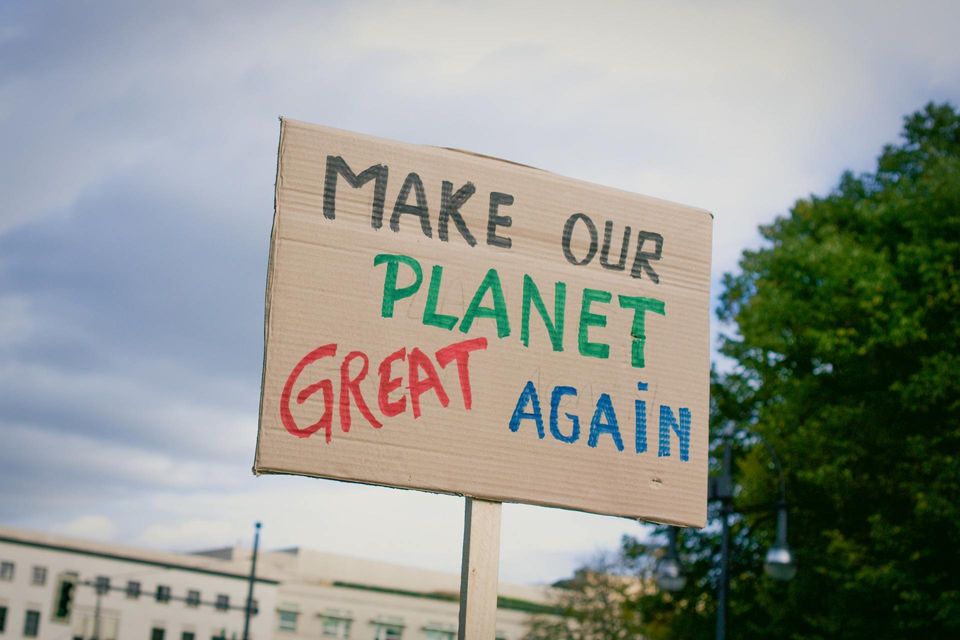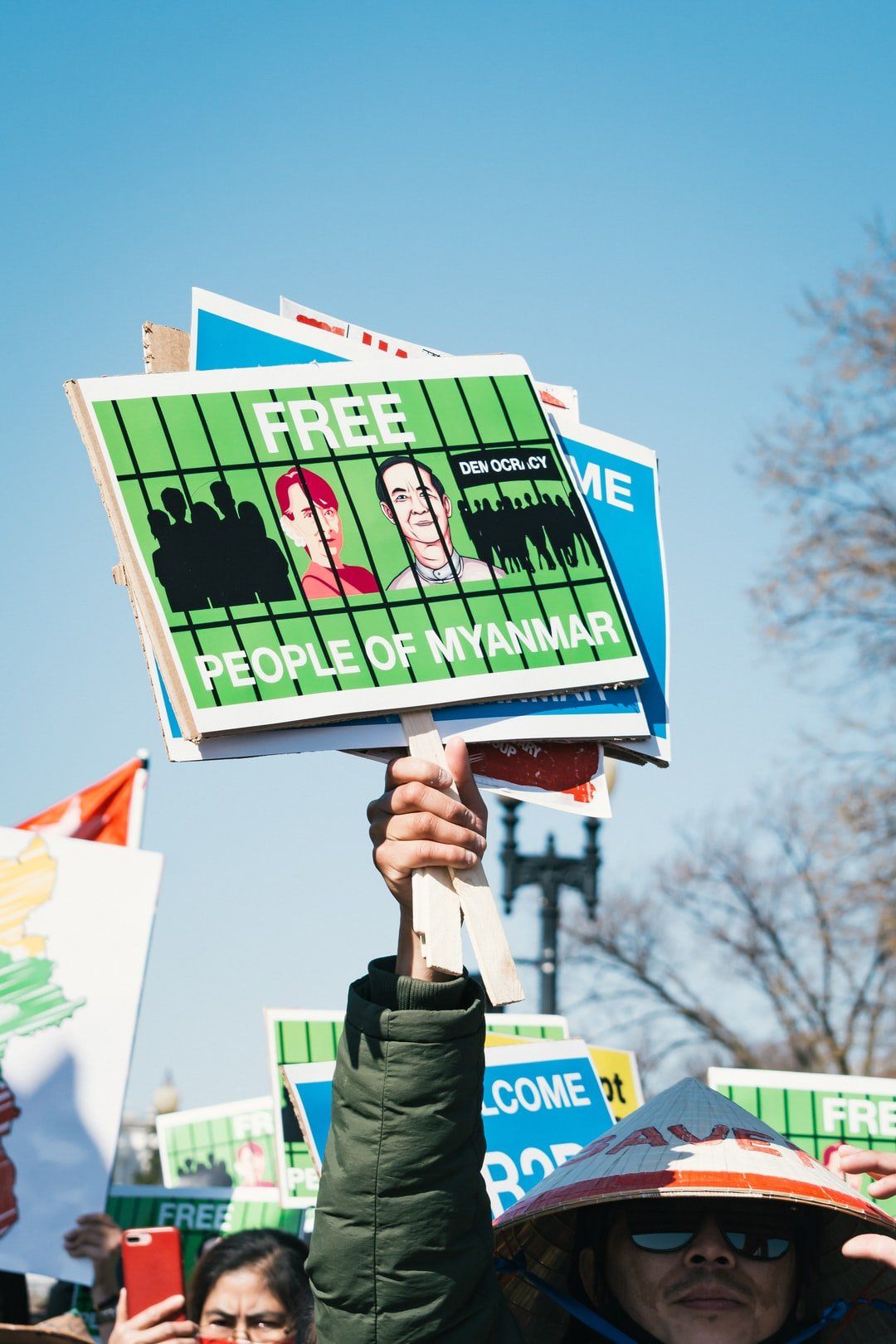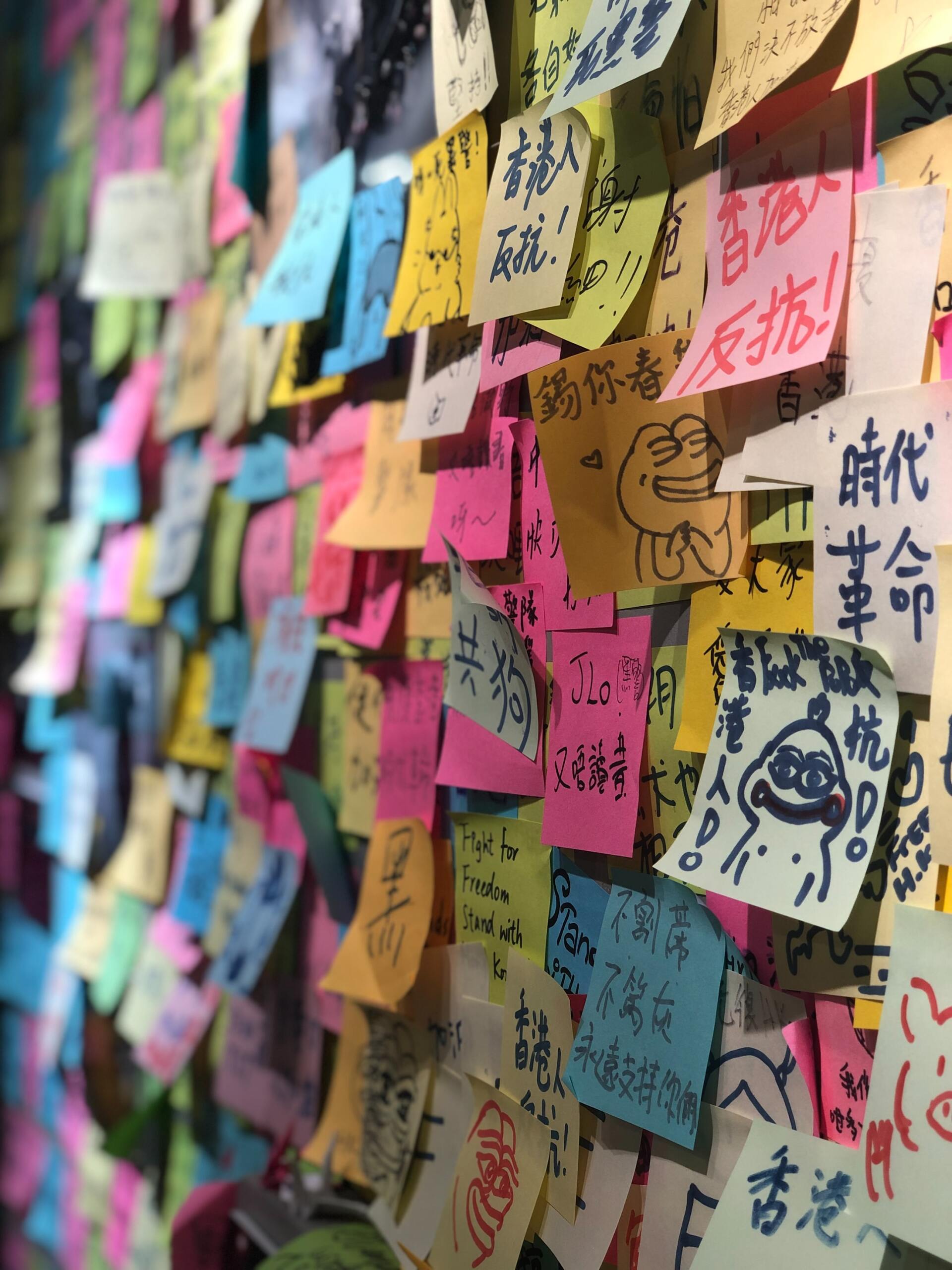Due to the current pandemic, the COP26 that was supposed to take place in Glasgow in the last part of November 2020 has been postponed until next year. It is the biggest climate event of the year, where the global progress towards reaching the targets set by the Paris Agreement is assessed. A group of young students from the United Kingdom decided to initiate an online event to signal that climate change cannot be postponed for a year, and they managed to engage young people from all over the world to create the MOCK COP26 to fill the void of the cancelled event.
Between November 19th and December 1st, hundreds of young activists have been meeting virtually to call for greater action on climate change. After numerous sessions and conferences dealing with themes such as climate justice, education, health, green jobs and carbon reduction targets, the MOCK COP26 reached its end with a final declaration calling world leaders for decisive action to fight climate change.
A few days before the start of the event, we sat down (virtually) to have a chat with four of the organisers about the role of young people in the fight against climate change and what role technology can have in this process.
Who are the people behind MOCK COP26 and how did it develop?
When the COP26 was postponed to next year due to COVID-19, many felt hugely disappointed as we believe that climate action cannot wait for until next year. In response to that, local youth climate groups in the UK reached out to the international community online in July to get the event together and since September we have coordinated from different corners of the world. Through social media we managed to reach so many people and got together a very diverse group of young people. In just one week, we got over 800 applications!
Why do you think young people are so important and what do you aim to achieve?
The effects of climate change will be bigger for the youth as we grow older. We need to change the current extractive and linear system, and the youth understands this.
Climate movements such as the Fridays for Future and MOCK COP26 have been successful in mobilizing online during the pandemic, and we hope that this will be recognized by decision-makers at the COP26 next year and that young people’s voices from different countries will be taken seriously.
What role do you see for technology in the fight against climate change and what do you think is blocking the development of new solutions?
There are good opportunities in using technology to tackle climate change. For example there are many ways of using AI for better weather predictions and prepare societies for extreme weather events which can avoid disaster. AI is also a useful tool for tracking emissions using satellite imagery for more accurate analysis. The potential applications of machine learning spans from CO2 removal, education and developing low carbon materials. New technologies using biological solutions like algae for energy production and other biotechnology solutions can also contribute to mitigation and adaptation efforts. Such solutions can be incorporated into buildings and current infrastructure, but it needs to be developed further through research and then the results must be taken up and deployed.
A positive outcome of the crisis is that there seems to be efforts to invest big in green and circular projects. However, in many countries large companies are still prioritized by the governments, which prevents new and innovative solutions to see daylight. This is not good as sustainability is exactly about creating new materials and solutions that can replace current ones. There needs to be more room for new solutions.
For the MOCK COP26 we have been successful in bringing people together online. Apart from the event, it can also serve as a digital platform for information sharing among different countries. A great thing about MOCK COP26 is that it is also a platform for people or groups who are often neglected or overheard in their home countries. In that way, improvements in digital infrastructure and increased connectivity can make it possible for new groups to be heard and their concerns to be addressed.
Technology is the way ahead but we have to be cautious. People’s way of living must be changed, it isn’t enough to just switch to renewable energy. We can’t talk about technology as the only solution. We need to adapt technology to reality to make it relevant, and take into consideration social aspects and availability. Take for example Africa. Investing in technological climate innovations can require financial and human resources that are still limited in the region, which makes innovation a long-term process inevitably.
Talking about the relationship between social media and climate change. What do you think should be done to address climate change misinformation in social networks?
It can be difficult to see the connection between different events like typhoons and wildfires when they are magnified on the Internet like separate events when they are all part of the same problem - climate change! As with the pandemic, it can be difficult to see the bigger picture and in this since social media is failing.
Climate change misinformation on social media, this needs to be addressed at individual, company and government level. Technology funds can work themselves on their algorithms to detect and tackle fake news on their platforms. Also, strategies to ensure information validation should be developed. What should governments do? This should be a part of the upcoming formation of regulations for social platforms. At the individual level, the sources you choose to trust also depend on what information to get. So people must be critical of the information they choose. People often tend to adapt to the news they understand. An engineer will understand news differently than an economist. Complex issues like climate change must be made understandable for people who are not experts.
But awareness is increasing about environmental and climate change and this is also showing up in the online sphere and becoming more mainstream. And in this way, social media can have a positive effect by spreading awareness about environmental issues and how to act on it.
It is indeed very complex and it is difficult to know whether social media platforms can tackle this issue on their own or whether it is a job for government regulators. These are many concerns relevant to this in terms of freedom of speech and private companies are.
A final question, if you could be president for a day what would you do?
“I would to stop the meat industry, help everyone transition to a plant based diet”
“I would set a zero carbon goal by 2040 and make sure everyone does what they can within their power to reach this goal”
“I would set a zero emissions target for 2030 and by 2050 get to negative emissions, and transition to a circular economy”
“I would create more awareness programs. In my home country India, many people are still not aware about the 2030 Agenda. I also want more science based policies! Finally I want all different fields to be taken seriously in their contributions, from music to science”
After two weeks of sharing their experiences of climate change in several discussion panels and fringe events, each delegation made a high-level statement on the views of the youth from the regions they represented and offered pragmatic policy solutions. The
live closing ceremony
released a powerful call for world leaders to commit to meaningful change at next year’s COP26!
Read More


Watch Our Episodes





